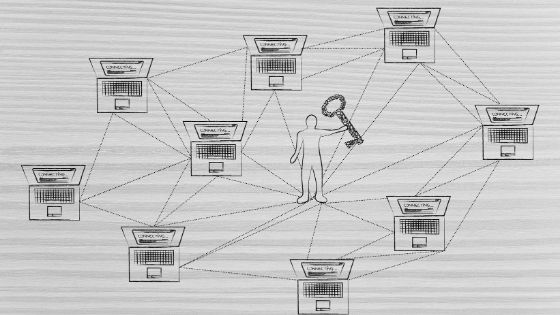Did you know that productivity can increase by 25% in organizations where employees are connected?
The jump in remote workers due to the pandemic has only heightened the need for internal communications. Yet only 13% of a company’s workforce use their intranets on daily basis. And 73% believe they’re missing out on vital information.
This article explains the differences between internet vs intranet vs extranet.
Read on to discover how best to let your staff communicate away from prying eyes online. And how services like SharePoint can make your operations more productive.
What Is an Intranet?
Many large companies and organizations don’t want their data stored online and choose to keep it in-house. They use an intranet which is a private network that sits apart from the global internet.
The intranet acts as the company’s digital workspace.
It streamlines documents, communications, projects, and employee records. Everything is kept within the on-premises servers and only authenticated staff can access it.
What Is an Extranet?
An extranet expands an intranet’s scope to authorized third-party users outside of the local network.
For example, suppliers can access the extranet to view customer’s orders. However, they don’t have the ability to see data like company memos.
Both systems operate using an encrypted VPN or virtual private network.
A VPN secures an open internet connection to link with a private server. That means employees and external users can log in to the intranet/extranet as if they were in the office.
Intranet vs Extranet Examples
A key tool that many companies use to manage their intranets is Microsoft SharePoint.
This software helps manage and share content with team members and third parties through a web portal interface.
Employees can speak with each other and collaborate on projects through the intranet. Suppliers and authorized users can access information on SharePoint through the extranet.
SharePoint consulting firms help set up and make the best use of all its features.
Developers can expand the software to suit individual needs. And the application can also work on the cloud through Microsoft 365 and Azure.
Intranet vs Extranet Differences
Key to the differences between internet vs intranet vs extranet is the level of security and access allowed.
The internet is an open standard. Although data is often encrypted, it’s stored on servers that usually aren’t owned by the company responsible for its safety.
That’s why many businesses choose to bring everything in-house.
Digitally locked behind a firewall, the intranet provides the most secure way to save and access information. A VPN solution means remote workers can ‘tunnel in’ as required.
When suppliers and partners require limited access to the intranet, the system gets extended to become an extranet. That way, all parties are catered to yet data management remains centralized.
More Intranet and Extranet Tips
Now that you know the differences between intranet vs extranet, it’s time to use these technologies to your advantage.
Incorporating solutions like Microsoft SharePoint encourages collaboration. Teams can talk and share information with each other in a secure environment. The result is increased productivity and a better working environment.
Learn more tips and intranet vs extranet examples in our technology section. Remember to share this article on social media and bookmark our site for the latest business tech news.

















